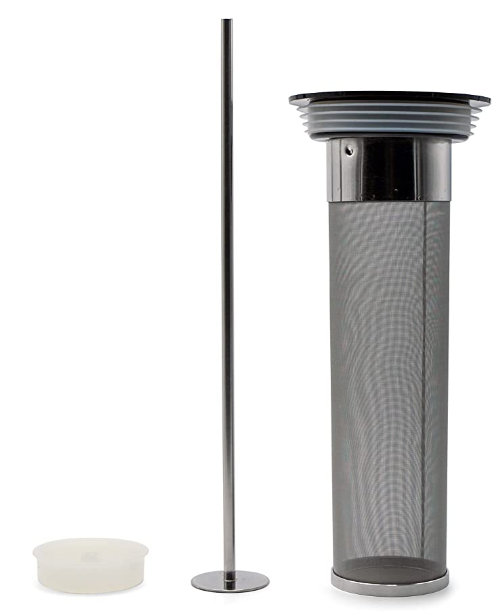TrojanAnteater
Well-Known Member
- Joined
- Jun 30, 2008
- Messages
- 85
- Reaction score
- 2
I tried to do some searching regarding this topic, but came up empty.
Listening to a podcast yesterday on a pretty routine dry hop technique used in commercial breweries- that is, to blow some CO2 into the tank from the bottom to blow the hops back up into solution, increasing the contact time of the hop particles... I know most in this forum will be aware of this technique.
SO, from the standpoint of someone adding pellents into a carboy- what about softly grinding up the pellets and then adding them as a sort of powder so they disperse themselves at the very start and get more contact time right when added and while falling to the bottom, rather then if they were solid pellets they'd fall straight down much faster and just sit. I'd imagine this would make for some small difference if there weren't any negative aspects to it. Thoughts?
Listening to a podcast yesterday on a pretty routine dry hop technique used in commercial breweries- that is, to blow some CO2 into the tank from the bottom to blow the hops back up into solution, increasing the contact time of the hop particles... I know most in this forum will be aware of this technique.
SO, from the standpoint of someone adding pellents into a carboy- what about softly grinding up the pellets and then adding them as a sort of powder so they disperse themselves at the very start and get more contact time right when added and while falling to the bottom, rather then if they were solid pellets they'd fall straight down much faster and just sit. I'd imagine this would make for some small difference if there weren't any negative aspects to it. Thoughts?













![Craft A Brew - Safale BE-256 Yeast - Fermentis - Belgian Ale Dry Yeast - For Belgian & Strong Ales - Ingredients for Home Brewing - Beer Making Supplies - [3 Pack]](https://m.media-amazon.com/images/I/51bcKEwQmWL._SL500_.jpg)













































